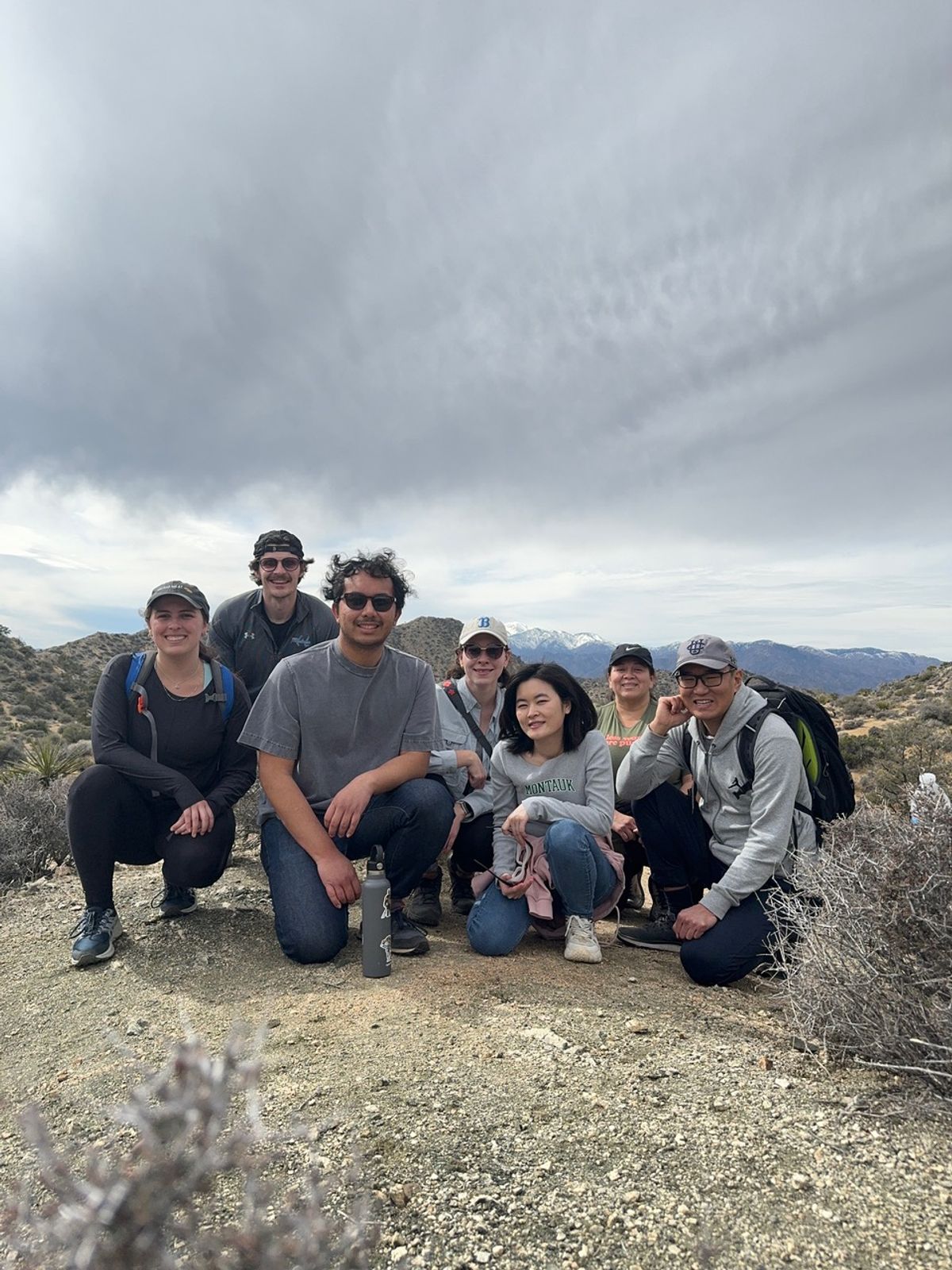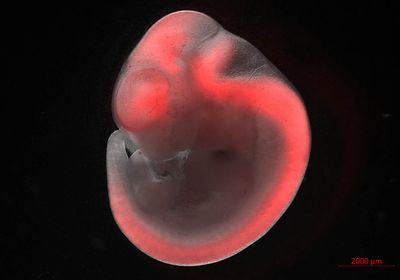Dynamic Enhancers Orchestrate Development
Evgeny Kvon leverages transgenic models and genomic techniques to uncover the ways enhancers control the transcription of genes.
Evgeny Kvon, a geneticist at the University of California, Irvine, fell in love with molecular biology when he learned about the experiments that led to the discovery of DNA as the carrier of genetic information in high school. Now, as a group leader, Kvon explores how enhancers, which are non-coding regulatory DNA elements, orchestrate the precise spatiotemporal transcription of genes during mammalian development.

How does your team study enhancer function?
We use transgenic mouse embryos to show that a DNA sequence is an enhancer. In one assay, we clone the enhancer sequence upstream of a promoter and lacZ reporter gene and then inject this construct into the mouse egg. By looking at lacZ activity, which appears as a blue color in the mouse embryo, we can track the location and activity of that potential enhancer. We also use high-throughput chromosome conformation capture techniques to study enhancers and their chromatin interactions. Using both methods, we recently mapped the enhancer-promoter interactions of almost 1000 known enhancers in different mouse embryo tissues and found that around 60 percent of them skip the promoters of neighboring genes and contact more distant genes.1
What are some of the unanswered questions that you would like to explore in the coming years?
How enhancers know which genes to ignore and which to activate is an interesting question that needs further investigation. It is also unclear how remote enhancers can act on their target genes even though they are located far away from one another. We started to tackle this question in a recent preprint, and we found that a long-range enhancer has an element, which we named range extender (REX), right next to it.2 When we added REX to a short-range enhancer, it gained the ability to act long range. We believe we identified a genetic signature that allows remote enhancers to work that way.
This interview has been edited for length and clarity.
- Chen Z, et al. Nat Genet. 2024;56(4):675-685.
- Bower G, et al. bioRxiv. 2024.05.26.595809


